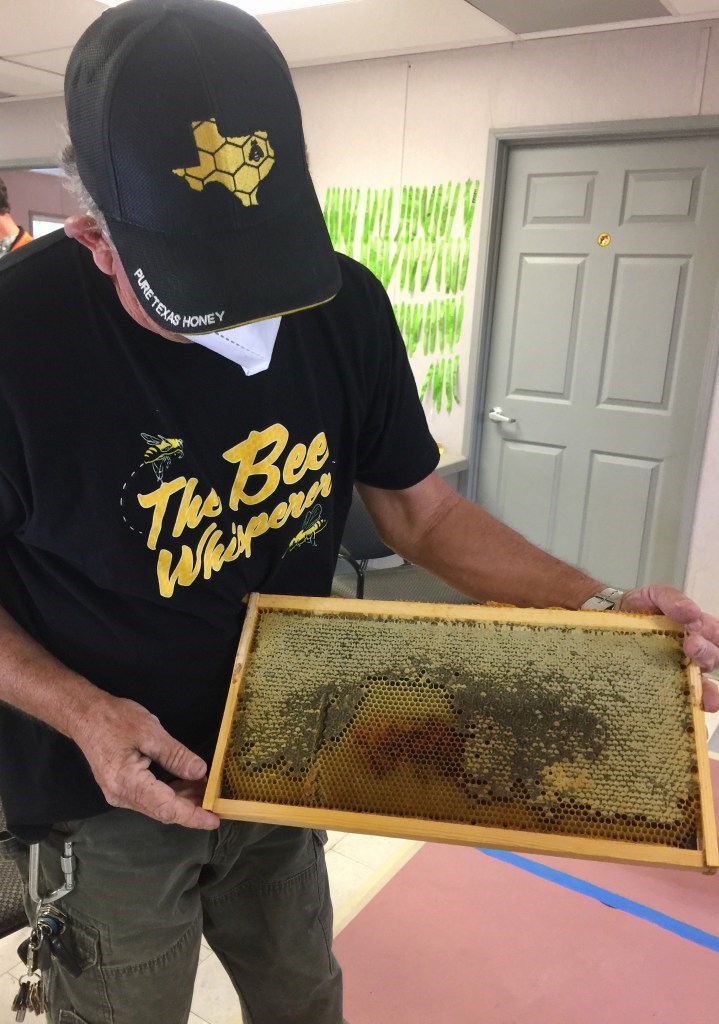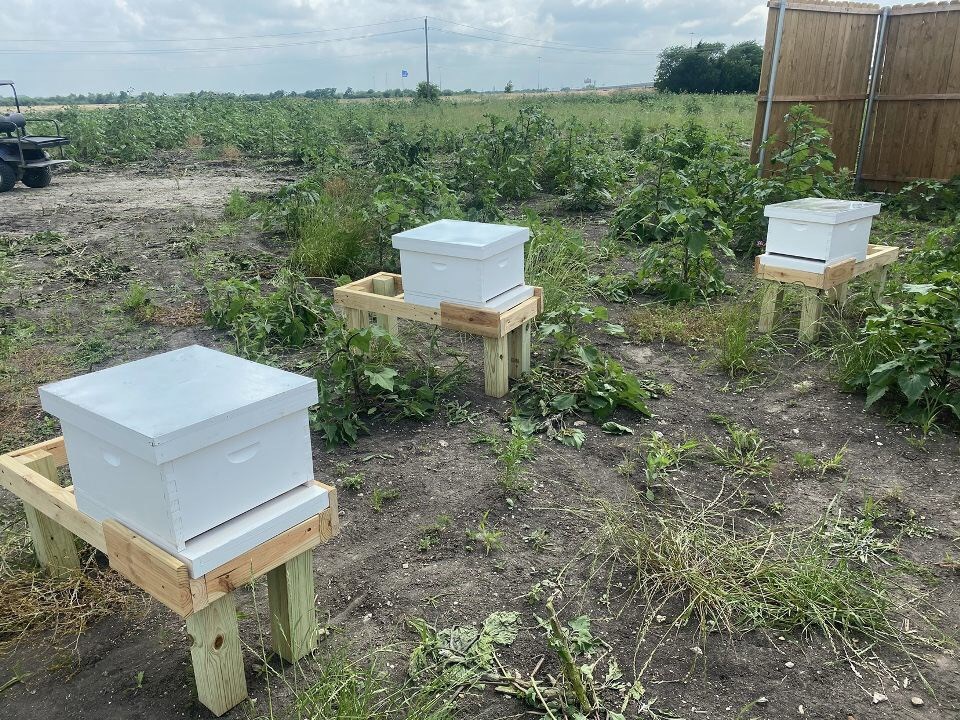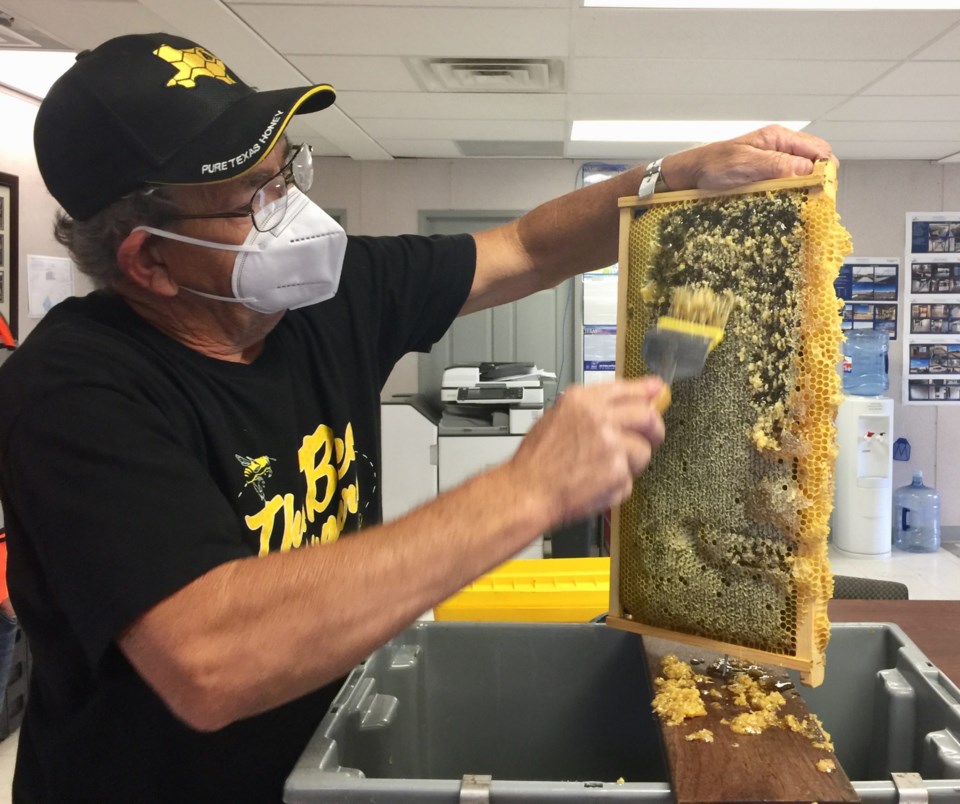Honey bees aren’t an insect you normally associate with hospitals.
But Medical City McKinney has made it its mission to help create a healthier ecosystem by cultivating beehives on seven undeveloped acres west of the hospital.
Home to about 150,000 bees, the six thriving hives recently produced their first batch of honey, according to an Oct. 1 press release.
Sadly, they didn’t produce enough for the “Sweet Home McKinney Honey” Medical City McKinney planned to share.
So why honey bees?
Sally Huggins, community and public relations for Medical City McKinney, says they were in the midst of constructing the 80,000 square foot pavilion for its behavioral health services and inpatient rehabilitation, which opened in September, and were seeking ways to enhance their environmental sustainability. They wanted to create a natural healing environment and use the undeveloped property on the west side of the hospital in an environmentally friendly way.
And honey bees, scientifically known as “Apis Mellifera,” are environmentally friendly. They are essential to pollinating flowers, fruits, and vegetables (sorry, kids), and the cross-pollination that occurs is vital to the Collin County community, especially if you enjoy popular fruits and vegetables like cucumbers, strawberries, and watermelons.
It also helps with the production of wildflowers that bloom in McKinney and other North Texas communities and provide the perfect Instagram background.

They’re also the only insect that produces food — honey — that we eat, according to the American Bee Journal.
And for all those fantasy lovers out there, fermenting the honey creates mead, an ancient fermented beverage enjoyed. In fact, the bee journal points out that the term “honeymoon” comes from the Norse practice of drinking large quantities of mead during the first month of marriage.
Medical City McKinney purchased the six honey bee hives from a local beekeeper last spring and placed them in the field next to the hospital. Huggins says they have a contract with a local beekeeper to take care of them. They also plan to plant native grass in the next few weeks to provide a natural food source for the honey bees.

But it’s not too difficult to take care of them.
“Bees typically maintain themselves,” Huggins says. “Our beekeeper will watch the hives closely. If it looks like the bees are not gathering enough nectar from flowers and plants within the vicinity, he will feed them with sugar water. Bees use the honey in the hive to help keep themselves warm in the winter.”
Honey bees maintain the core of the beehive at 92 or 93 degrees Fahrenheit, according to the American Bee Journal, regardless if temperatures hit the triple digits or the lower ones in North Texas. They have to consume about 17 to 20 pounds of honey to biochemically produce each pound of beeswax.
Medical City McKinney anticipates the bees will produce about several hundred pounds of honey next year.
And more importantly, as Medical City McKinney CEO Ernest Lynch, III, mentioned in the Oct. 1 press release, “Honey bees support a healthy environment, improving human life all around us.”




